Illuminated edition of Rashid’s Tarih-i-Rasid Efendi, 1153AH [1740]; 2 volumes.
£10,000.00
RASHID, Mehmed (d.1735). Tarih-i Rasid Efendi. Volumes 2 & 3.
Istanbul: Ibrahim Müteferrika, 1153AH [1740-1741]
Rashid’s and Celebizade’s works are a continuation of Na’ima’s Tarih, covering the period 1071-1134AH (1660-1722), and form the second and third parts of a trilogy of official Ottoman histories published by Müteferrika. Rashid was official historiographer from 1126-1135AH (1714-1723).
Rashid’s work is published into three volumes: vol. I for the years 1071-1115AH (1660/61-1703/04); vol. II 1115-1130AH (1703/04-1717/18); and vol. III 1130-1134AH (1717/18-1721/22).
It is considered ‘the primary source for the period covered’ (Watson). There was a fourth volume published which is the history of Celebizade, and covers the years 1135-1141AH (1722/23-1728/29). Celebizade (d.1173 [1760]), was poet and Seyh ul-Islam as well as an historian. He too held the post of official historiographer from 1135-c.1143AH (1723-c.1730)
The entire Tarih-i Rashid was printed in a total of 500 copies, indicating a more significant effort to distribute the work. However, only 50 copies of each volume were stamped, marking them as special editions. Therefore, our specific volume (the 3rd) belongs to that limited set of 50, which would have made it highly valuable and sought after.
The meticulous care taken in the production of this volume underscores the importance of historical narrative and documentation in the Ottoman Empire. Works like the Tarih-i Rashid were not only meant to record history but also to solidify the prestige of the Ottoman ruling class and its bureaucratic structure. The luxurious presentation would have been fitting for the elite audience to whom it was directed.
Mehmed Rashid Efendi was an Ottoman historian, and his work “Tarih-i Rashid” (History of Rashid) is notable in the context of Ottoman historical literature. Written in the late 19th century, “Tarih-i Rashid” represents a comprehensive narrative of the Ottoman Empire, covering crucial historical events and figures.
The “Tarih-i Rasid” reflects Rashid’s historical perspective and provides a narrative of important events, particularly focusing on the events during the reign of Sultan Ahmed III. His history is characterized by its detailed descriptions and accounts of the administration, politics, and culture of the Ottoman Empire.
The work was printed in Istanbul by Ibrahim Müteferrika, who is known for being the first printer of the Ottoman Empire. The version you mentioned refers to the publication year 1153 AH (which corresponds to approximately 1740-1741 AD).
Rashid’s historical writings are valued for their insights into the Ottoman Royal court and the socio-political dynamics of his time. His work is often cited by scholars studying the history and historiography of the Ottoman Empire.

![Illuminated edition of Rashid’s Tarih-i-Rasid Efendi, 1153AH [1740]; 2 volumes. Illuminated edition of Rashid’s Tarih-i-Rasid Efendi, 1153AH [1740]; 2 volumes.](https://butlerrarebooks.co.uk/wp-content/uploads/2024/10/IMG_1302.jpg)
![Illuminated edition of Rashid’s Tarih-i-Rasid Efendi, 1153AH [1740]; 2 volumes. Illuminated edition of Rashid’s Tarih-i-Rasid Efendi, 1153AH [1740]; 2 volumes.](https://butlerrarebooks.co.uk/wp-content/uploads/2024/10/IMG_1292.jpg)
![Illuminated edition of Rashid’s Tarih-i-Rasid Efendi, 1153AH [1740]; 2 volumes. Illuminated edition of Rashid’s Tarih-i-Rasid Efendi, 1153AH [1740]; 2 volumes.](https://butlerrarebooks.co.uk/wp-content/uploads/2024/10/IMG_1293.jpg)
![Illuminated edition of Rashid’s Tarih-i-Rasid Efendi, 1153AH [1740]; 2 volumes. Illuminated edition of Rashid’s Tarih-i-Rasid Efendi, 1153AH [1740]; 2 volumes.](https://butlerrarebooks.co.uk/wp-content/uploads/2024/10/IMG_1294.jpg)
![Illuminated edition of Rashid’s Tarih-i-Rasid Efendi, 1153AH [1740]; 2 volumes. Illuminated edition of Rashid’s Tarih-i-Rasid Efendi, 1153AH [1740]; 2 volumes.](https://butlerrarebooks.co.uk/wp-content/uploads/2024/10/IMG_1295.jpg)
![Illuminated edition of Rashid’s Tarih-i-Rasid Efendi, 1153AH [1740]; 2 volumes. Illuminated edition of Rashid’s Tarih-i-Rasid Efendi, 1153AH [1740]; 2 volumes.](https://butlerrarebooks.co.uk/wp-content/uploads/2024/10/IMG_1296.jpg)
![Illuminated edition of Rashid’s Tarih-i-Rasid Efendi, 1153AH [1740]; 2 volumes. Illuminated edition of Rashid’s Tarih-i-Rasid Efendi, 1153AH [1740]; 2 volumes.](https://butlerrarebooks.co.uk/wp-content/uploads/2024/10/IMG_1297.jpg)
![Illuminated edition of Rashid’s Tarih-i-Rasid Efendi, 1153AH [1740]; 2 volumes. Illuminated edition of Rashid’s Tarih-i-Rasid Efendi, 1153AH [1740]; 2 volumes.](https://butlerrarebooks.co.uk/wp-content/uploads/2024/10/IMG_1298.jpg)
![Illuminated edition of Rashid’s Tarih-i-Rasid Efendi, 1153AH [1740]; 2 volumes. Illuminated edition of Rashid’s Tarih-i-Rasid Efendi, 1153AH [1740]; 2 volumes.](https://butlerrarebooks.co.uk/wp-content/uploads/2024/10/IMG_1299.jpg)
![Illuminated edition of Rashid’s Tarih-i-Rasid Efendi, 1153AH [1740]; 2 volumes. Illuminated edition of Rashid’s Tarih-i-Rasid Efendi, 1153AH [1740]; 2 volumes.](https://butlerrarebooks.co.uk/wp-content/uploads/2024/10/IMG_1300.jpg)
![Illuminated edition of Rashid’s Tarih-i-Rasid Efendi, 1153AH [1740]; 2 volumes. Illuminated edition of Rashid’s Tarih-i-Rasid Efendi, 1153AH [1740]; 2 volumes.](https://butlerrarebooks.co.uk/wp-content/uploads/2024/10/IMG_1301.jpg)
![Illuminated edition of Rashid’s Tarih-i-Rasid Efendi, 1153AH [1740]; 2 volumes. Illuminated edition of Rashid’s Tarih-i-Rasid Efendi, 1153AH [1740]; 2 volumes.](https://butlerrarebooks.co.uk/wp-content/uploads/2024/10/IMG_1303.jpg)
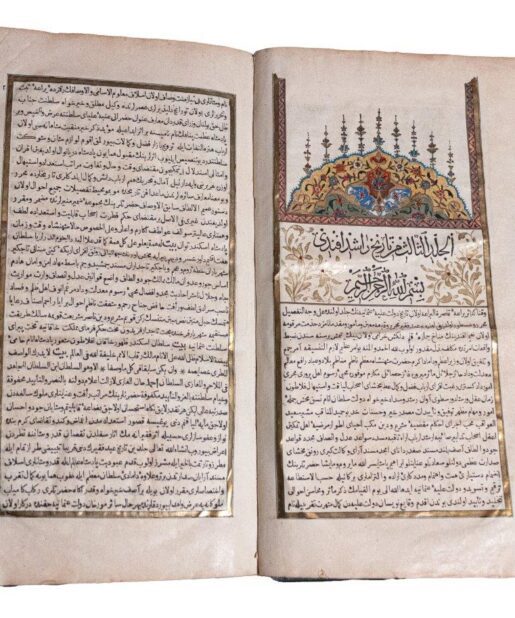
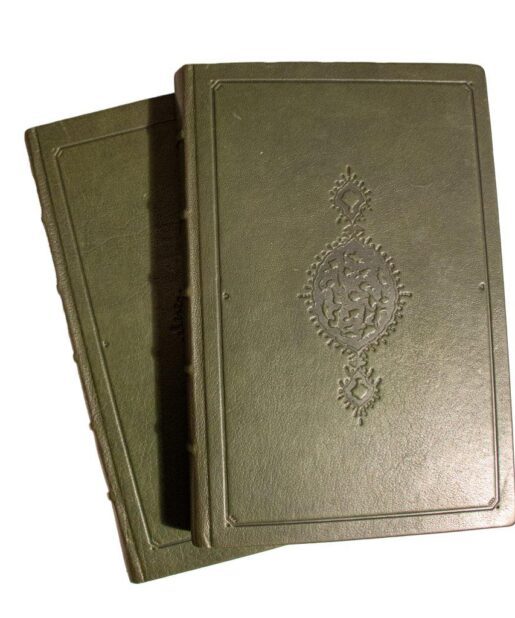
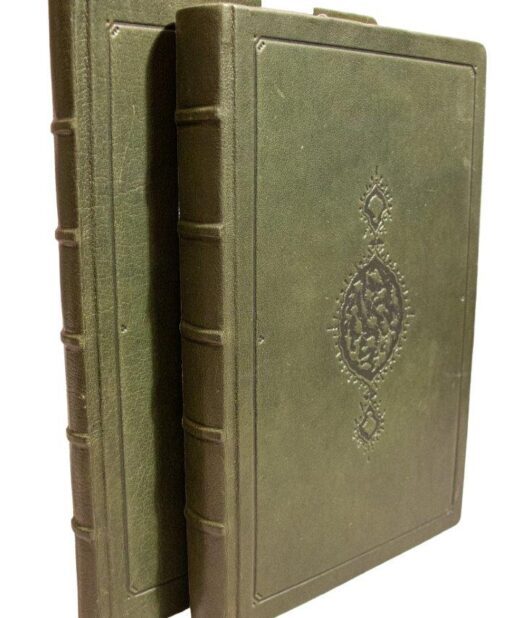
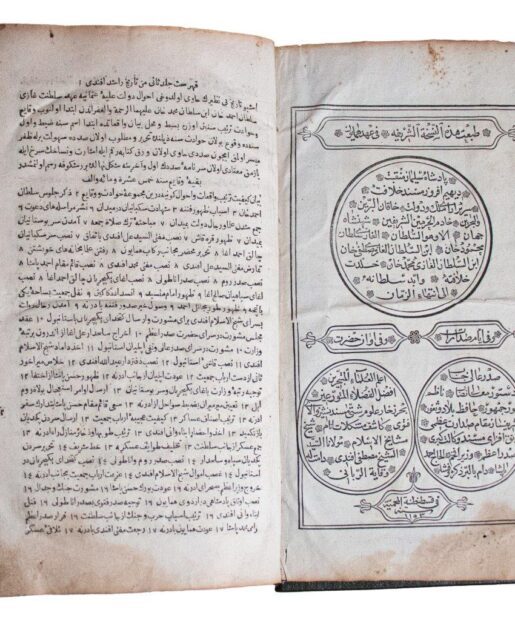
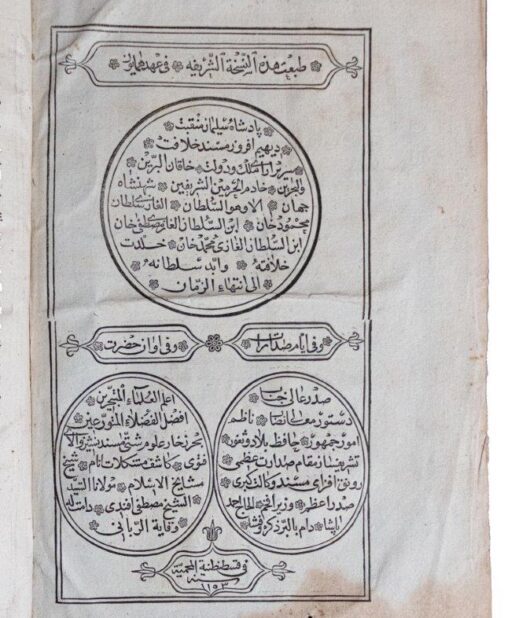
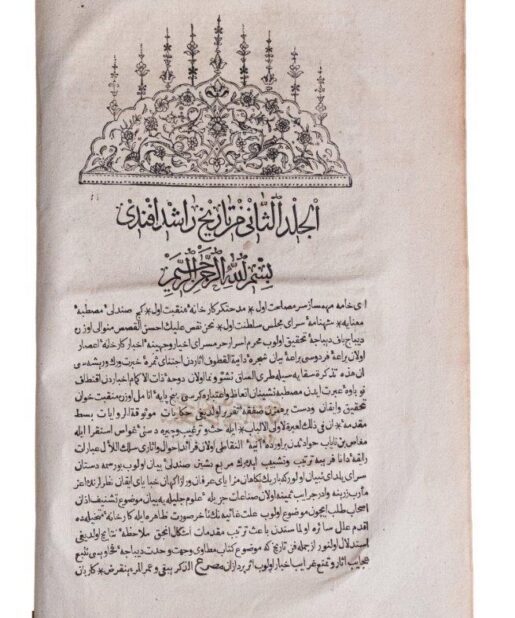
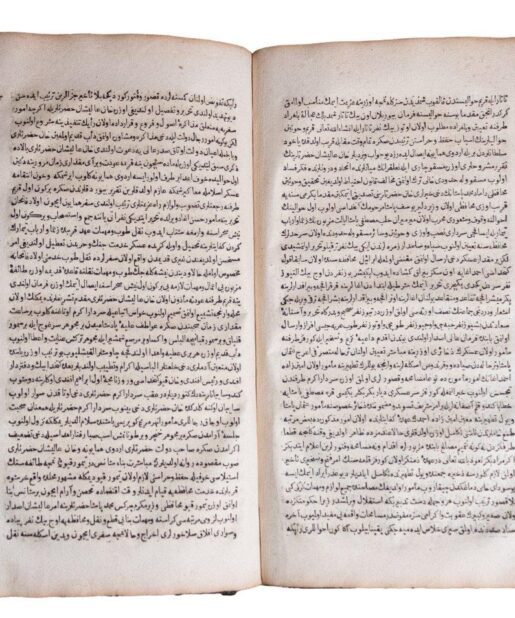
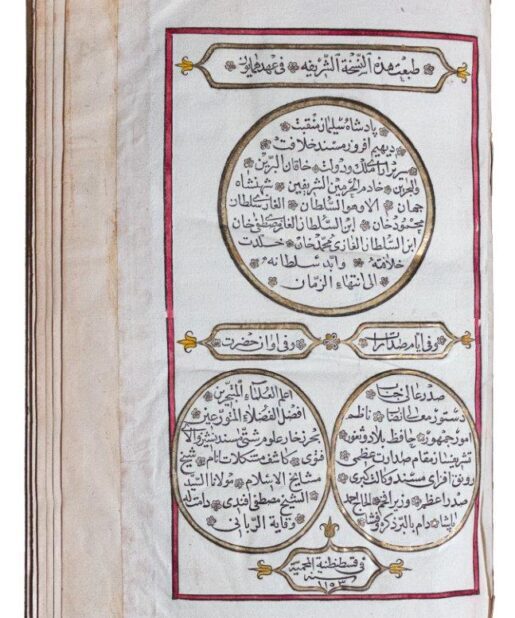
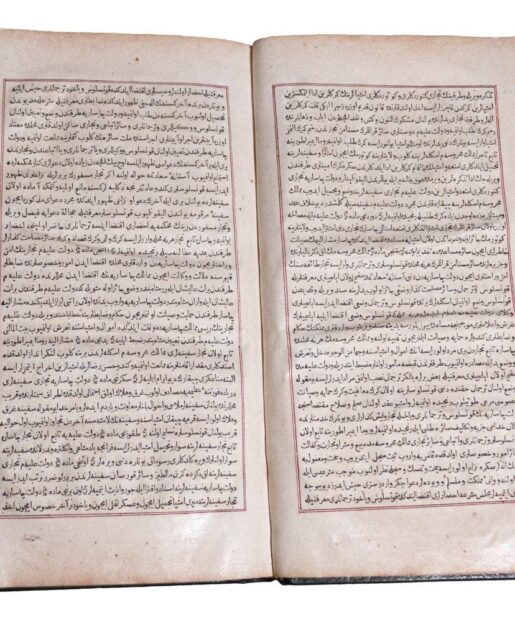
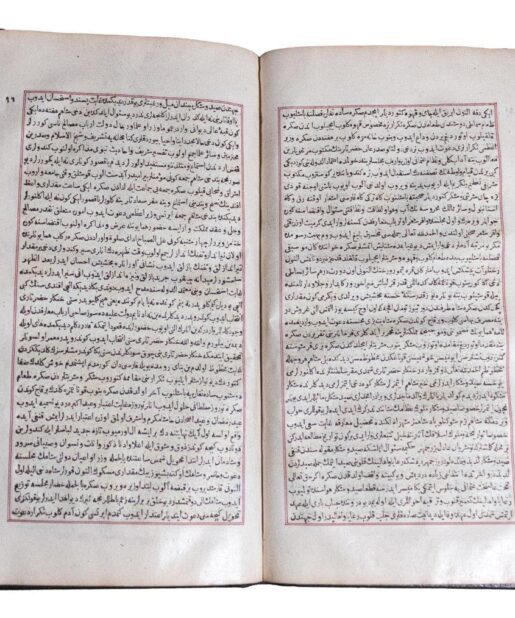
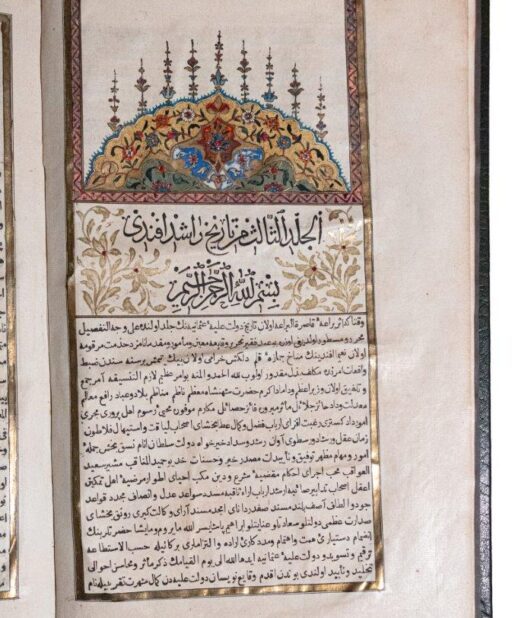
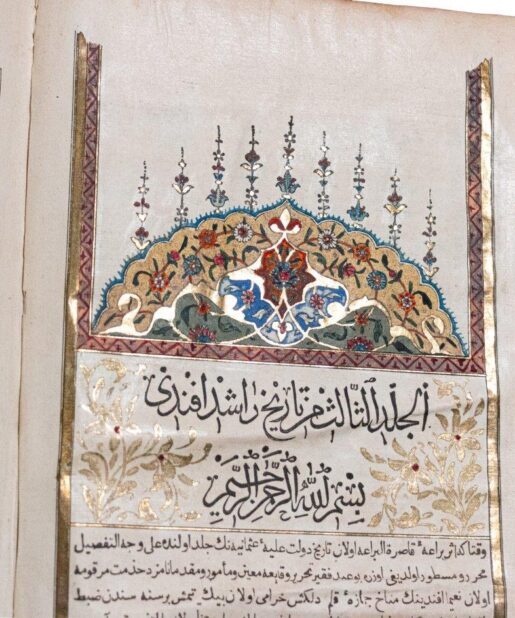
![Illuminated edition of Rashid’s Tarih-i-Rasid Efendi, 1153AH [1740]; 2 volumes. Illuminated edition of Rashid’s Tarih-i-Rasid Efendi, 1153AH [1740]; 2 volumes.](https://butlerrarebooks.co.uk/wp-content/uploads/2024/10/IMG_9057-100x100.jpg)
![Illuminated edition of Rashid’s Tarih-i-Rasid Efendi, 1153AH [1740]; 2 volumes. Illuminated edition of Rashid’s Tarih-i-Rasid Efendi, 1153AH [1740]; 2 volumes.](https://butlerrarebooks.co.uk/wp-content/uploads/2024/09/French-leaf-1-100x100.jpg)

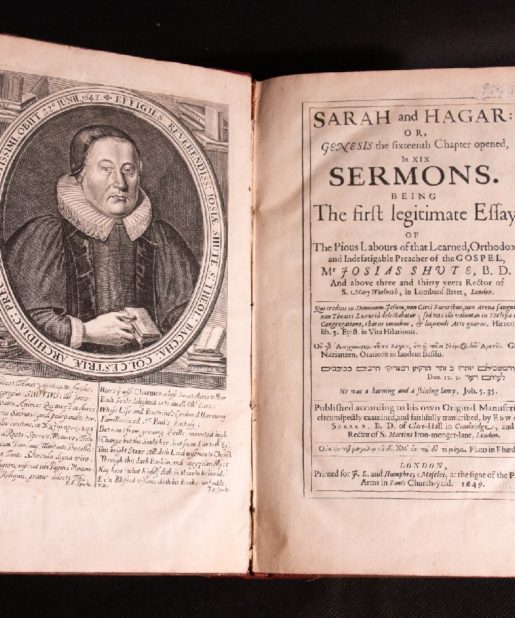
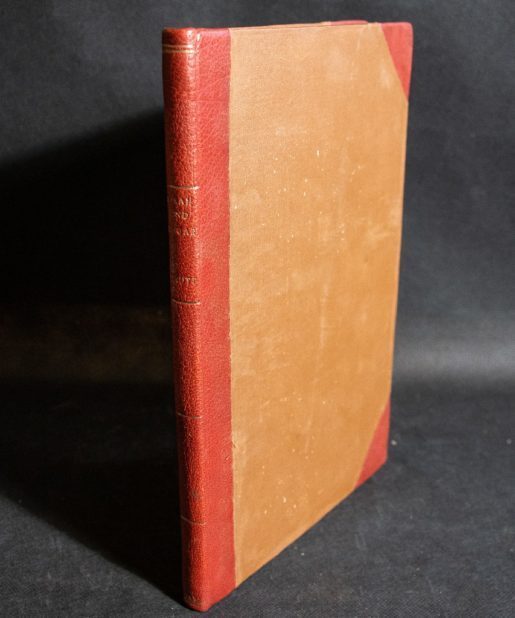
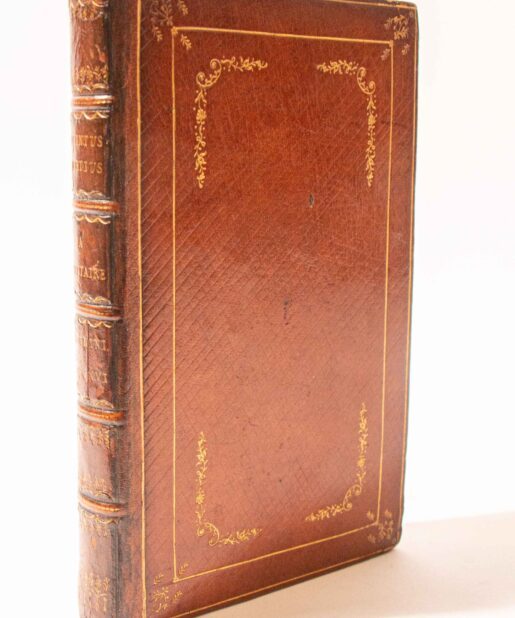
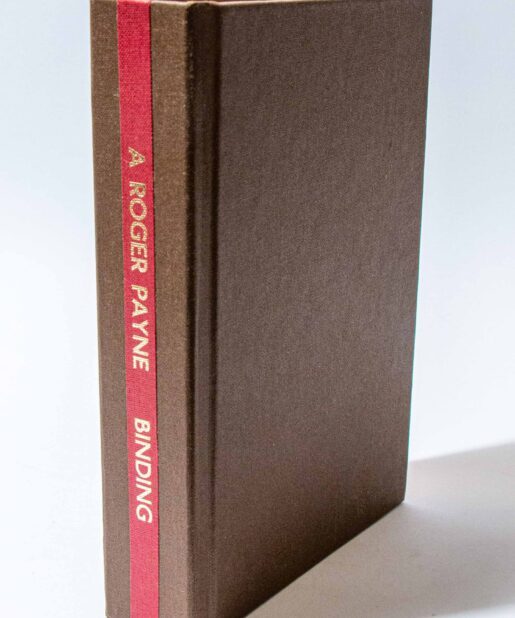
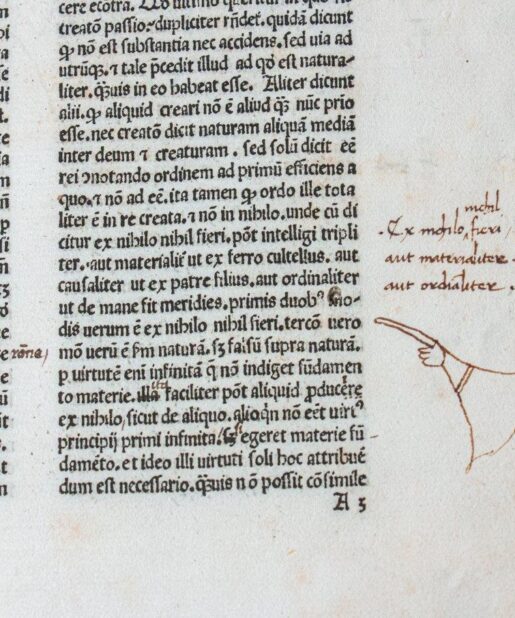
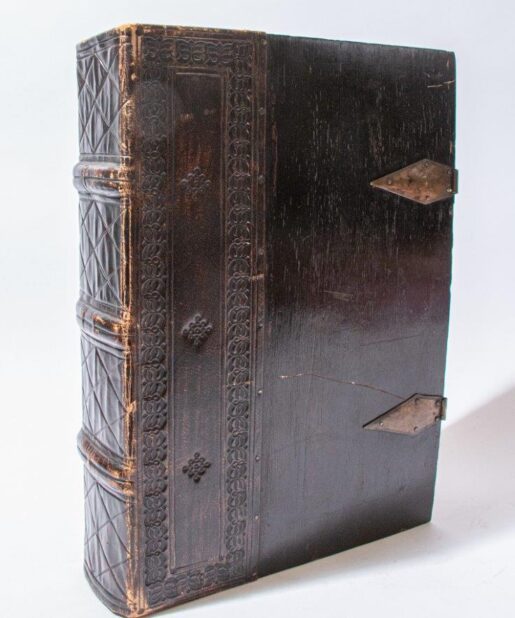
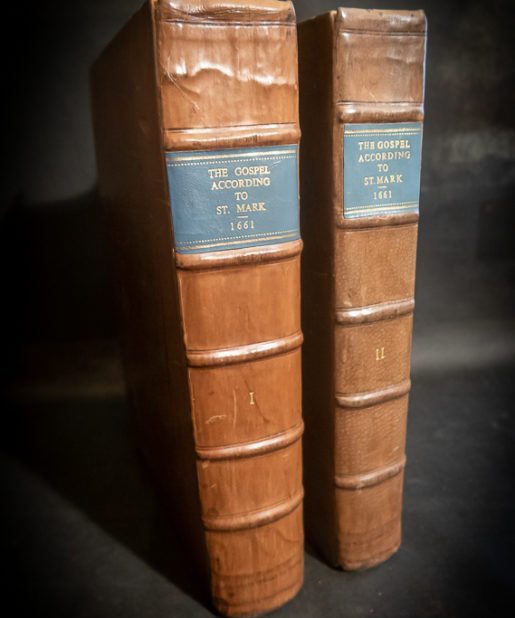
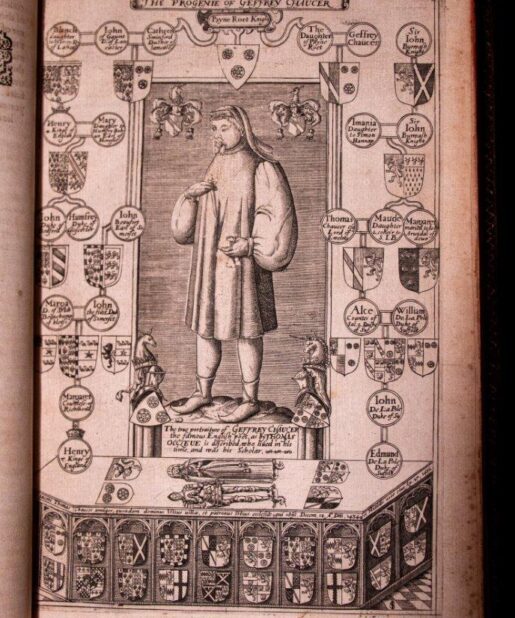

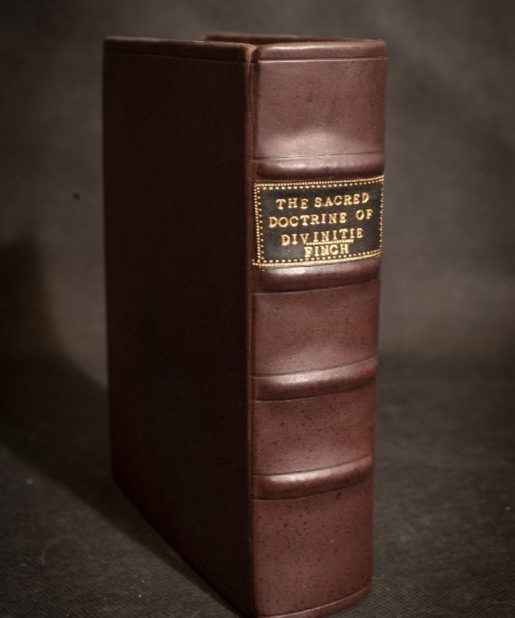

Reviews
There are no reviews yet.